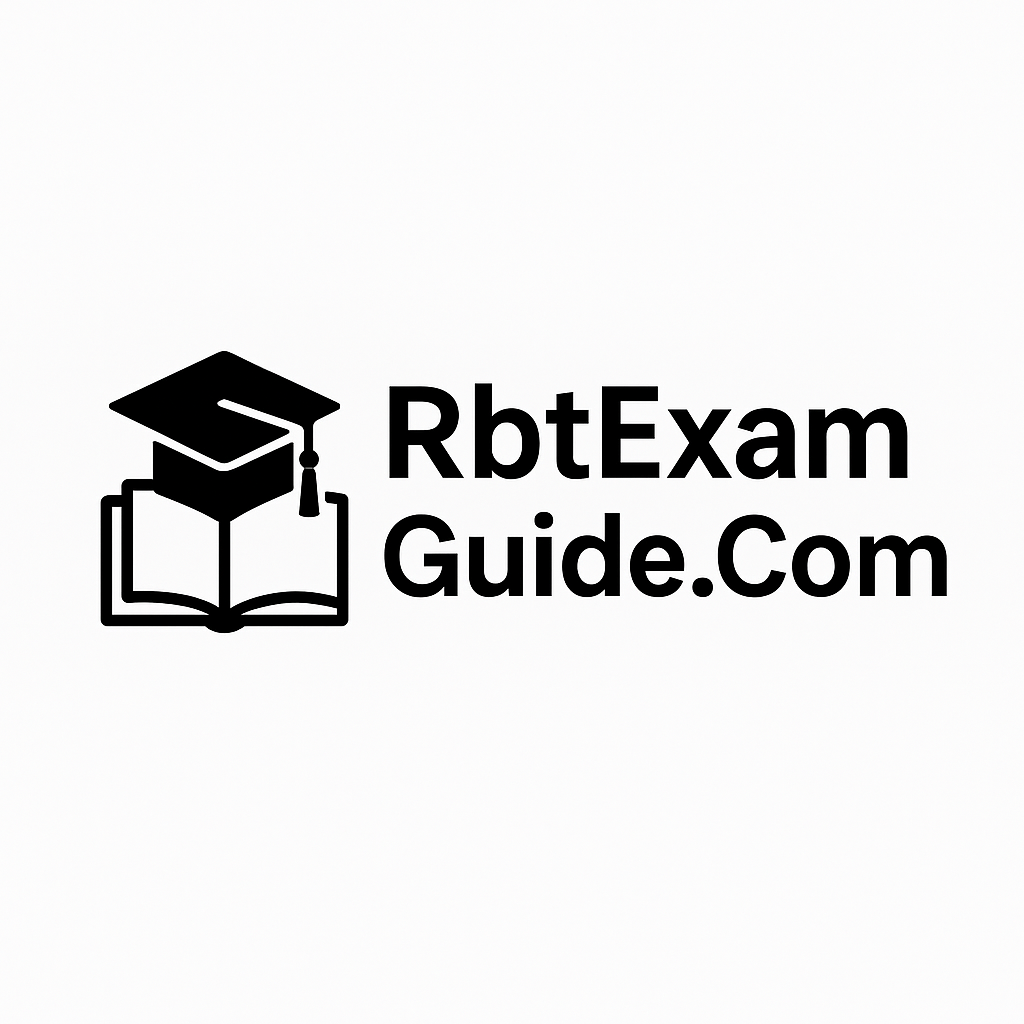This fourth RBT Practice Exam of 6 practice exam series for RBT is for those candidates who want to go into advanced scenarios and theoretical questions. RBT Exam Study Guide allows you 20 minutes to attempt this mock exams and you will be required to achieve 50% score to pass this MCQ based RBT mock exam. You will see the result box after you have finished answering all questions.
Before attempting this, make sure you are done with previous three practice exams so you are sure that you learning step by step. It’s because our exams are designed in a way, making first ones easier and last ones a bit advanced and more conceptual.
